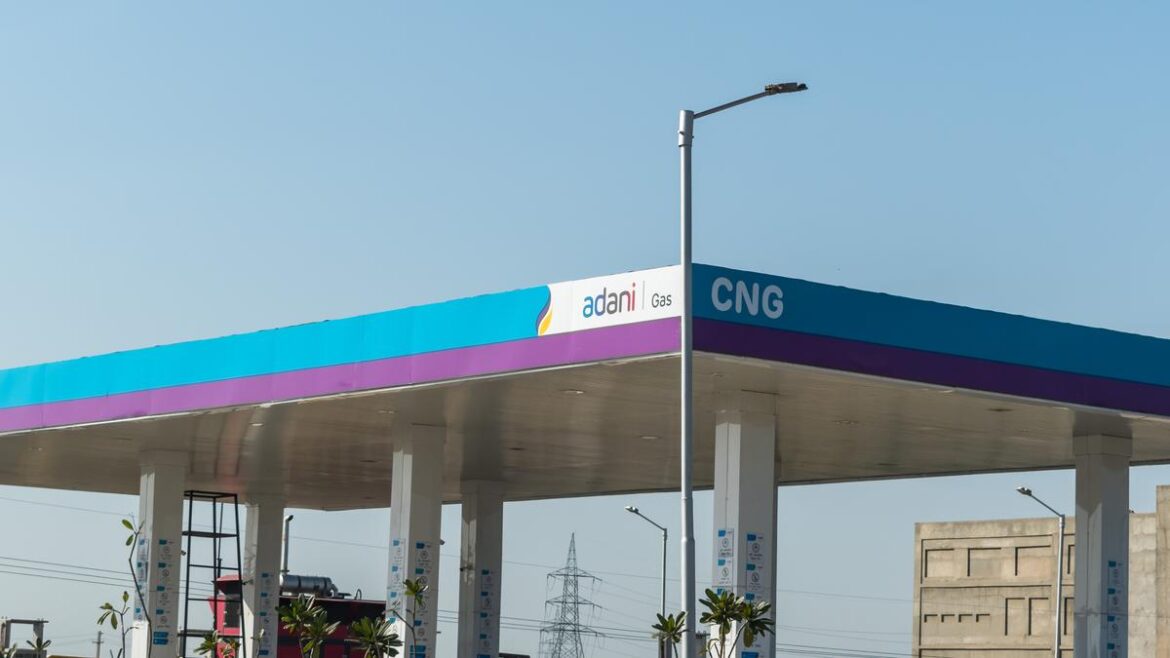Table of Contents
A change in India’s power export rules | Explained
When did India’s first transnational power project that supplies all the power generated to another nation come into being? Why did the Bangladesh Power Development Board request a revision of the power purchase agreement? What does the latest amendment mandate?

The story so far: On August 14, Reuters reported on the introduction of an amendment to India’s power export rules. Purported to hedge against political risks in Bangladesh, it allows Indian power exporters to reroute their output to Indian grids if there is a delay in payments from partner countries. Adani Power’s plant in Godda (Jharkhand) supplies its entire generated power to Bangladesh. In a statement, a spokesperson of Adani Power emphasised their commitment of supplying electricity to Bangladesh, stating that the amendment does not affect its existing contract.
What is the Godda project?
The Jharkhand-subsidiary of Adani Power supplies 1,496-megawatt net capacity power to Bangladesh from the ultra super-critical thermal power plant in Godda. This is facilitated under a Power Purchase Agreement (PPA) entered with the Bangladesh Power Development Board (BPDB) in November 2017 for a period of 25 years.
The Godda plant is India’s first transnational power project that supplies all the power generated to another nation. In a statement on July 15 last year, Adani Power stated that the electricity supplied from Godda will have a positive impact on the neighbour’s power situation by replacing costly power generated using liquid fuel. It elaborated that the transition would help reduce the average cost of power purchased. As per the Bangladesh Power Development Board’s (BPDB) annual report for 2022-23, the total installed generation capacity of the country was 24,911 MW in June 2023. Of this, 2,656 MW was imported from India (more than 10% of overall) with the Godda plant contributing 1,496 MW (about 6% of overall).
On the policy prerogative for power export, India’s Ministry of Power illustrating the guidelines for power export in 2016 said the exchange of electricity across South Asia would promote “economic growth and improve the quality of life for all the nations”.
Why was the project criticised?
The criticisms emanated from the use of coal imported from the Carmichael mine in Australia into India to produce power for Bangladesh. Thermal plants utilise coal as a primary fuel. The Institute for Energy Economics and Financial Analysis (IEEFA), analysing the PPA back in April 2018 held that it allowed Adani Power to “push the high cost of importing and transporting coal into India, plus the cost of transmitting the electricity across the border onto Bangladesh.” United News of Bangladesh had reported in February 2023 about the BPDB writing to Adani Power for a revision in the PPA. The publication, quoting an official with anonymity, reported that in BPDB’s view the coal price quoted at $400/MT was “excessive”, adding, “it should be less than $250/MT, which is what we are paying for the imported coal at our other thermal plants”. The other concern, as stated in the Bangladesh-based Daily Star in February last year, entailed the high capacity and maintenance charges regardless of whether it generates any electricity. The reportage held it was “very high” by industry standards.
Why does Bangladesh need imports?
The answer is underutilisation. In a separate context, Soumya Bhowmick, public policy analyst and economist, explained to The Hindu that Bangladesh has made notable progress in expanding electricity access, especially in rural areas. However, notwithstanding the increase in electricity generation, India’s South Asian neighbour continues to experience fuel and gas supply constraints, thus, contributing to the underutilisation of its power plants. In fact, in July 2022, Bangladesh had sought support from the International Monetary Fund (IMF) to cushion itself against a financial shock originating from volatile energy prices after Russian actions in Ukraine. This was after the country experienced blackouts, sometimes up to 13 hours a day, as utilities struggled to source enough diesel and gas to meet demand, AFP had reported.
Separately, Hasan Mehedi, Bangladesh-based activist specialising in matters relating to power and climate change, also pointed to “serious levels of overcapacity in Bangladesh”. Quoting official figures, Mr. Mehedi pointed to total power generation capacity as on June 30 this year being 28,098 MW, of which the highest power generation was scaled at 16,477 MW — an unutilised idle capacity of about 11,621 MW.
Where do we stand now?
Mr. Bhowmick states that the regulatory change endows greater flexibility to power exporters by permitting them access to the domestic market and reducing the dependency on external markets. He explains that it mitigates risks associated with instability or economic challenges in neighbouring countries.
Further, Mr. Mehedi explained to The Hindu that delay in payments have been a standard phenomenon. “There is an entire internal vetting mechanism that follows after a bill is presented to the BPDB,” he stated, elaborating, “The BPDB would then evaluate the prices of coal in the open market and that of other expenditures as stated in the bill. It would then send it back to the company for any corrections as necessitated.”
On the potential impact to Bangladesh from the latest development, Mr. Mehedi said, “Even if the supply is stopped totally, the impact would last for 2 to 3 days because of the sudden nature, but not in the long-term.”
Read Comments
- Copy link
- Telegram
READ LATER
Remove
SEE ALL
PRINT
Related Topics
Text and Context
/
The Hindu Explains
/
power (infrastructure)
/
electricity production and distribution
/
Bangladesh
/
India-Bangladesh

